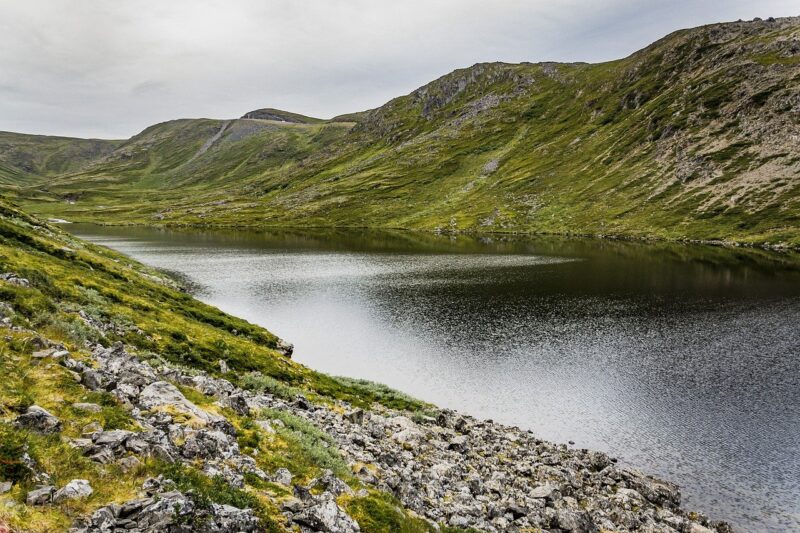Why Rivers Are Disappeiring: How Human Activity is Draining Natural Waterways
November 15, 2024

Rivers have served as vital lifelines for ecosystems, communities, and cultures across the globe. However, alarming evidence suggests that many of these waterways are disappearing at an unprecedented rate. Understanding the factors contributing to the draining of rivers is critical for combating this environmental crisis and ensuring a sustainable future for both humanity and wildlife.
1. The Importance of Rivers
Rivers are more than just bodies of water; they are complex ecosystems that support a myriad of species, provide drinking water, enhance agriculture, and play a crucial role in transportation and tourism. Here are some key reasons why rivers are essential:
- Biodiversity: Rivers host a diverse range of aquatic and terrestrial life, including fish, amphibians, birds, and plant species. These organisms depend on healthy river systems for their survival and reproduction.
- Water Supply: Rivers are a primary source of drinking water for billions of people worldwide. They also provide irrigation for agriculture, contributing to food security and local economies.
- Cultural Significance: Many communities, particularly indigenous people, have deep cultural and spiritual connections to rivers. These waterways are often celebrated in folklore, traditions, and festivals.
- Ecosystem Services: Rivers help regulate the environment by filtering pollutants, moderating climate, and supporting natural processes such as sediment transport and nutrient cycling.
In light of their significance, the ongoing disappearance of rivers raises urgent concerns on multiple fronts.
2. Factors Contributing to the Disappearance of Rivers
There are several interconnected factors responsible for the alarming decline of rivers across the globe. Let’s explore them in detail:
A. Urbanization and Infrastructure Development
As populations grow and cities expand, the demand for land and resources increases, leading to a disregard for natural waterways. Urbanization often results in:
- Concreting riverbanks: Rivers that once flowed freely may become channelized or encased in concrete to accommodate roads and buildings, disrupting their natural flow and ecology.
- Flood control measures: Dams and levees may be constructed to manage flooding, but they can significantly alter river systems, reducing their natural capacity and affecting local wildlife.
B. Agriculture and Water Consumption
Agricultural practices can severely deplete river systems through excessive water extraction for irrigation. Key concerns include:
- Over-extraction: Large-scale irrigation projects can exacerbate water scarcity by drawing too much water from rivers, leaving them low or even dry during critical periods.
- Pollution runoff: Agricultural chemicals can wash into rivers, harming aquatic life and rendering water unsafe for human consumption.
C. Climate Change
The health of rivers is closely tied to the climate, and rising global temperatures are creating a perfect storm for their decline:
- Altered precipitation patterns: Changes in rainfall can lead to droughts and changes in river flows, impacting ecosystems and neighboring communities.
- Glacial melt: Many rivers rely on glacial runoff. As glaciers recede, rivers may experience both an increase and decrease in flow, ultimately leading to less consistent water levels.
D. Industrial Pollution and Waste Disposal
Industrial activities often lead to the contamination of rivers with harmful substances, which can devastate local ecosystems:
- Discharge of toxins: Factories may release chemicals directly into rivers, leading to pollution that affects wildlife and makes water unsafe for human use.
- Plastic waste: The ubiquitous use of plastic has resulted in significant pollution in rivers, harming aquatic life and reducing water quality.
3. Consequences of River Disappearance
The disappearance of rivers brings serious repercussions that extend beyond ecology and impact human life directly:
- Loss of Biodiversity: The extinction of species reliant on rivers is a significant concern as ecosystems become unbalanced and food webs collapse.
- Water Scarcity: Disappearing rivers contribute to water shortages for communities and agriculture, increasing competition for this valuable resource.
- Economic Impacts: Industries dependent on healthy rivers, including fisheries, tourism, and agriculture, may face financial difficulties as water sources dwindle.
- Cultural Loss: Indigenous and local communities may lose important cultural practices tied to their rivers, risking knowledge and history built over generations.
The ramifications of disappearing rivers necessitate urgent actions to address the driving forces behind their decline.
4. Solutions and Restoration Efforts
While the challenges posed by disappearing rivers are significant, multiple efforts are underway worldwide to restore these precious resources:
- Integrated Water Resource Management: This approach seeks to balance the need for water resources with their environmental and social impacts, promoting sustainable usage.
- River Restoration Projects: Many NGOs and governments are actively involved in restoring riverbanks and habitat to improve water quality and boost biodiversity.
- Community Engagement: Involving local communities in protection and monitoring can lead to lasting changes in how rivers are used and valued.
- Legislation and Policy Changes: Implementing strict pollution controls, regulating water extraction, and protecting river habitats is essential for preserving waterways for future generations.
In the face of adversity, these solutions represent hope for the restoration of disappearing rivers.
Conclusion
While the alarming disappearance of rivers may seem insurmountable, greater awareness and concerted efforts may alter their fate. Understanding the role of human activity in draining these critical waterways is vital for making informed decisions toward their protection. By promoting sustainable practices, engaging communities, and advocating for policy changes, we can work together to revive the lifelines that sustain our ecosystems and support our societies.
Ultimately, the future of our rivers depends on our collective ability to recognize their value and take proactive measures to protect them for generations to come.






